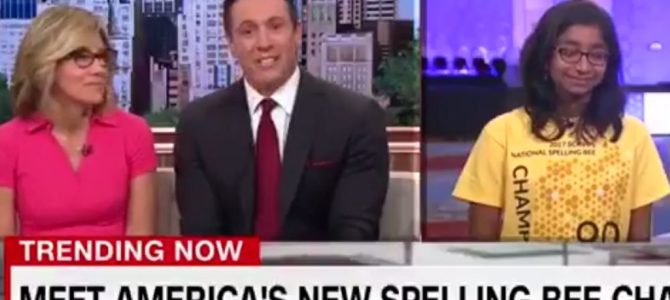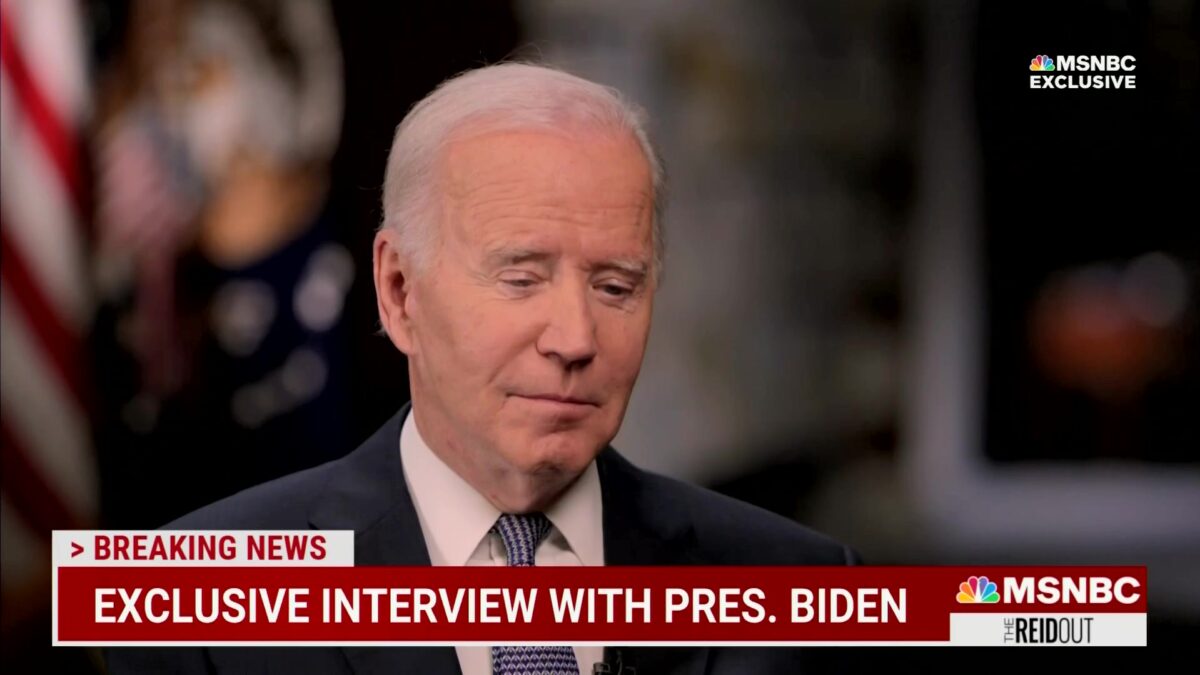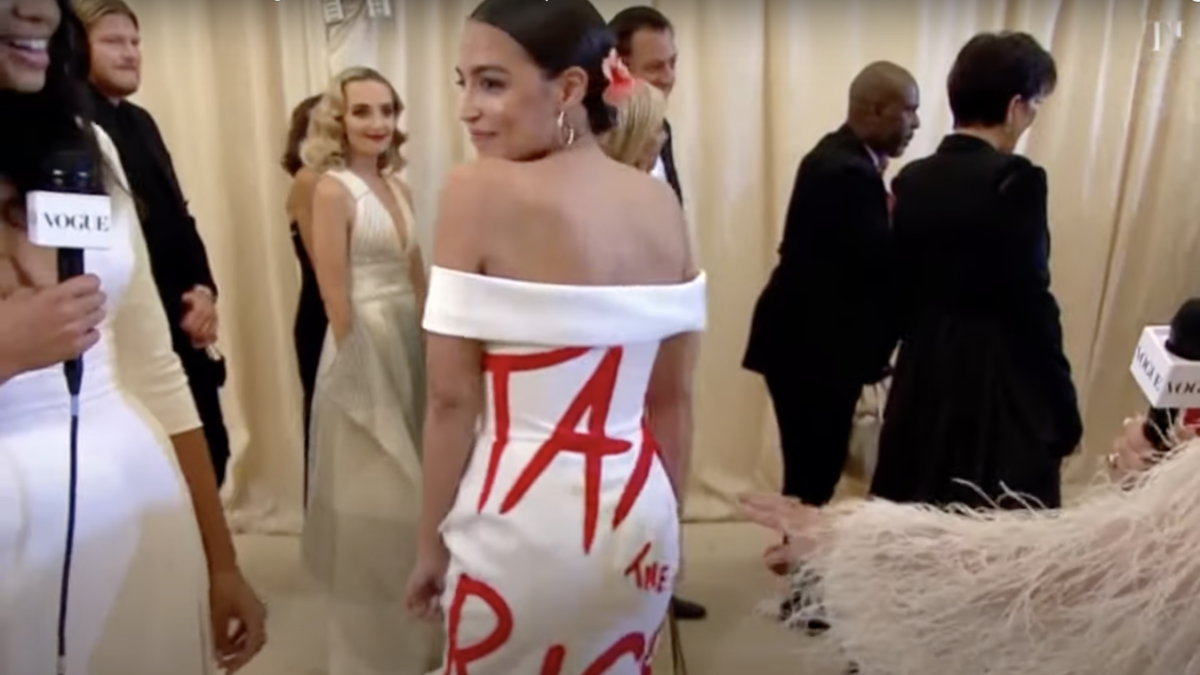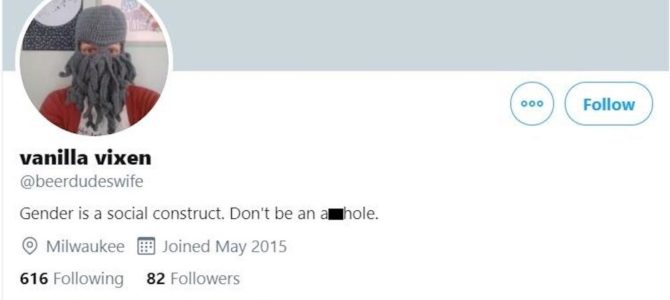When President Trump tweeted out his infamous “covfefe” typo on Wednesday, the Twittersphere noticed. Before the tweet was deleted six hours after it was posted, it became one of the most popular ever, with 62,000 likes and 127,000 retweets.

The typo quickly became a trend, then a meme. It began spurning parody accounts and vanity plates, and was even added as an official word to “Words with Friends” — all in less than 24 hours.
Then, in just 49 out of 140 characters, Hillary Clinton about killed the joke.
People in covfefe houses shouldn't throw covfefe. https://t.co/M7oK5Z6qwF
— Hillary Clinton (@HillaryClinton) June 1, 2017
Robots shouldn't attempt humor https://t.co/I7i2Htcd5i
— Matt Walsh (@MattWalshBlog) June 1, 2017
She killed it. https://t.co/ekXrcHakDT
— Brendan Noble (@Brendan_Noble) June 1, 2017
Memes, like covfefe, have a lifecycle. Over time, they’ll shift from their original form, whether it’s phrase, picture, or video, to a more ambiguous and wider-used form. Some memes can last months, even years, in a variety of mediums. But Clinton tried to use it as marketing, which instantly kills a meme’s innocent fun.
Adults aged 18 to 29 make up the largest demographic of Twitter users, clocking in at 36 percent. The second largest grouping is those aged 30 to 49, making up 23 percent of all Twitter users. So when Trump’s typo tweet went live, it was mostly millennials who saw and responded in full meme force.
My dad just bought the CA license plate "COVFEFE." #covfefe pic.twitter.com/WT5bXDTRN3
— Talya Cooper (@talicoop) May 31, 2017
https://twitter.com/thelindsayellis/status/869776165854212096
Went to get a coffee in work, and can't even 😂😂😂 #covfefe 🙌🏼🙌🏼🙌🏼 take a bow 🙇 pic.twitter.com/uYeLsW8E3K
— Digital Blaze (@nicole_digiblaz) May 31, 2017
Nevertheless, he covfefe'd
— Aparna Nancherla (@aparnapkin) May 31, 2017
With such a wide access to young voters, it makes sense politicians will try to relate to them by tapping into the latest trends. But in the age of homegrown personal brands, those using social media are more aware of advertising tactics used. So when a politician tries to be relatable, millennials know exactly what they’re up to. Even the most uninformed of voters know Clinton doesn’t actually partake in Internet trends like a meme, so her “wink, wink, nudge, nudge” approach doesn’t stick.
If politicians want to appeal to the young voter on social media, they must engage with them genuinely. Relatability doesn’t come with a forced participation of Internet trends. It comes with honesty.
And maybe a few retweets.
On Friday, CNN breathed new life into the meme by asking Thursday’s Scripps National Spelling Bee champ to spell it. Anchors Alisyn Camerota and Chris Cuomo asked 12-year-old Ananya Vinay of Fresno, California, to spell it on live TV.
President Trump's typo "covfefe" stumps America's new spelling bee champ https://t.co/uSeA7Joa2H pic.twitter.com/TRrjLHY9Te
— CNN (@CNN) June 2, 2017
After Vinay failed, the anchors took potshots at Trump and Camerota responded, “It, again, is a nonsense word, so we’re not sure that its root is actually in Sanskrit, which is what you’re probably used to using, so, I don’t know.”
I was not on Twitter much on Friday so I missed this bizarre and totally gratuitous bit of ignorant racism pic.twitter.com/BtRjpXa3HM
— Ishaan Tharoor (@ishaantharoor) June 4, 2017









